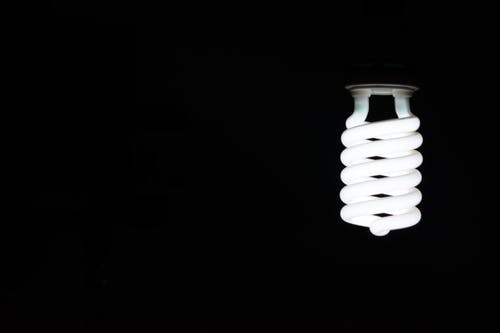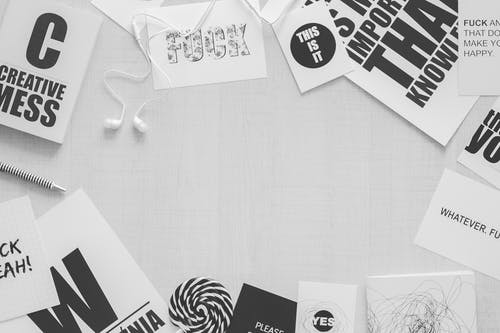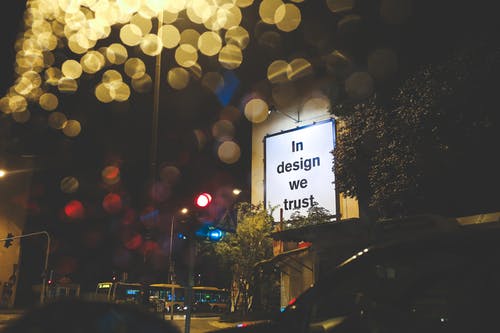Ecological design is an innovative approach to designing sustainable goods with special concern for the natural and social impacts of their manufacture. The philosophy behind this approach is that the use and application of sustainable or ecological goods and services in society should not deplete or displace natural biodiversity. As a result, ecological design focuses on how people, communities, organizations, governmental agencies and other entities can work together to create and manage a sustainable environment for everyone.
A number of approaches are used in the development of ecological design. These include holistic life cycle management, building analysis, integrated design, environmental justice, and natural resource management. These principles can be combined into a more comprehensive approach known as sustainability design. This approach considers all of the individual, social and institutional factors that may have an influence on the design of a product or a system. In addition, sustainable design also takes into account the wider effects of waste and disposal of waste and the implications for the quality of life and the environment of those involved. This approach also takes into consideration the economic, social and environmental implications of a project.
Many people are familiar with some aspects of ecological design such as reducing the negative environmental impact of manufacturing and developing new technologies to avoid creating environmental damage. However, environmental impacts are far broader than simply reducing the negative environmental impact of a production process or a technology. Instead, the term refers to the overall impact of a product or a technology on the environment, including the direct and indirect environmental impact caused by the materials, energy, and other aspects of a production process. Also, there is an indirect environmental impact caused by a production process. This is the indirect effect of a product on the environment from the passage through water, land, air, and soil.
Ecological design methods often use matrices to assess the ecological or environmental impact of various processes and products before a design is developed. Matrices can be of many different forms, but the most common include linear and ecological design matrix, wave diagrams, cumulative runoff models, heat transfer models, and energy dissipation models. These matrices can vary greatly in complexity and represent a wide range of topics and types of products. These ecological design matrices can then be used to assess how a product or technology changes the environment.
As ecological design matrices are so complex, it is not surprising that it is often difficult for non-ecologists to understand them. Fortunately, many ecological design professionals have designed and developed training curriculums that allow non-specialists to learn how to assess these matrices in a fairly easy manner. In addition, many ecological design professionals have also developed training programs and workshops to allow ecologists to evaluate the ecological design of a proposed development site.
Ecologists that belong to these organizations may find it easier to obtain a job than a non-ecologist. The National Parks Service is one such organization. However, some local and state government agencies also offer employment opportunities to ecological design professionals. As it may be more difficult to gain employment with the federal government than with local and state government agencies, it may be helpful to become an expert in one area and study it at the university or other post-graduate institution before applying for a job with the government. Many government agencies want to diversify their staff, and therefore will often hire an environmental scientist with a background in ecology to perform specialized studies related to the agency’s overall goal.



